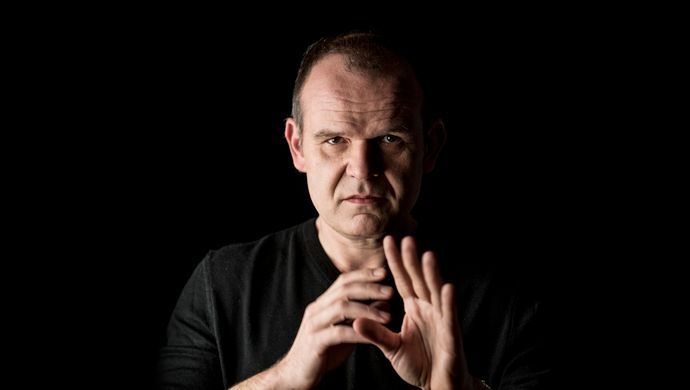
György Ligeti
Masterpieces from the 20th century:
Kammerkonzert
In post-war Hungary, György Ligeti (1923 - 2006) tried to make a living as a composer after studying at the Music Academy in Budapest. In 1956, he fled the Stalinist regime and was welcomed with open arms by the West European musical avant-garde in Vienna. He viewed their approach to music as too dogmatic, and he developed a completely unique style of composition, which he called micropolyphony. In it, a multitude of melodies move so closely along and through each other that the individual lines are no longer distinguishable from each other, and form intensely coloured sound clouds.
This principle is also found in the Kammerkonzert (Chamber Concerto), composed in 1969-1970. He wrote this work for an ensemble of thirteen soloists, requiring great virtuosity from each of them. Because all performers are equal, no single player is featured as the soloist. Everyone performs their own voice. These voices can overlap with others, move in completely different time signatures and tempi, or follow each other in a mad canon. Clusters still occur, but there is also more room for individual lines to follow.
The Kammerkonzert ensemble features some unusual instruments, including the bass clarinet, celesta, and Hammond organ (or harmonium). Each movement has its own character. In the first movement, the melodic lines condense in waves, creating micropolyphonic structures. In the second movement, Ligeti has individual instruments change tempo in rapid succession, a first step towards the layered rhythmic patterns that he started to explore more than ten years later. The third movement shows his fascination with mechanics in the staccato dance of the thirteen instruments. Ligeti calls the fourth movement a ‘delirious virtuoso presto’, with a pianist who hammers the keys like a madman until he suddenly stops, ‘as if he were torn away’. That is how abruptly the piece ends. It seems as if the last page of the score got lost.
This is a translation of the original Dutch text by René van Peer





